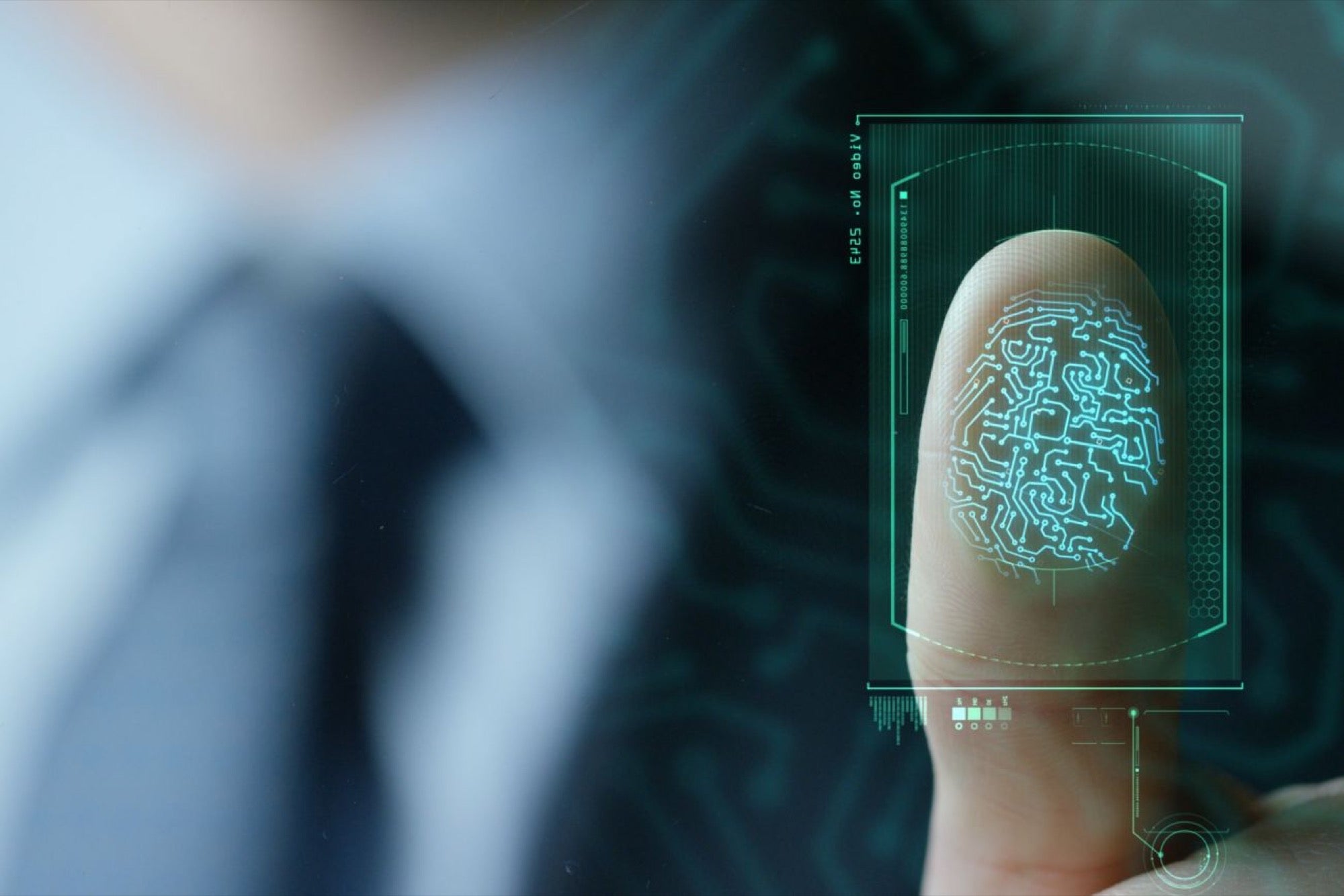Next Generation Biometric Market research study keeps a close eye on the leading competitors with strategic analysis, micro and macro market trends and scenarios, pricing analyses, and a comprehensive picture of market conditions for the forecast period are all included. It’s thorough research that focuses on key and secondary drivers, market share, leading segments, and geographic analysis. The research also examines significant players, major collaborations, mergers, and acquisitions, as well as current innovation and corporate policies.
The global next-generation biometric market is expected to generate around USD 36,837 million by 2025, at a CAGR of around 16.20% between 2019 and 2025. The next-generation biometric market is likely to grow owing to the increasing government initiatives for restricting illegal activities
Next Generation Biometric Market Overview:
Biometry is a technique that analyses physical and behavioral traits to authenticate a person’s identity. Biological, morphological, and behavioral biometrics are examples of different forms of biometrics. Fingerprint, facial recognition, voice recognition, iris recognition, and signature recognition are the most prevalent biometric IDs used today. Next-generation biometrics offer high levels of protection and assurance, as well as being convenient and quick to use, non-transferable, and difficult to forge. The global next-generation biometric market is being influenced by rising demand for security applications such as national ID cards, border crossing, and government benefits, among others.
Key Factors Covered in the Next Generation Biometric Market Report:
- A comprehensive overview of the global Next Generation Biometric market
- Detailed information on factors that will fuel or hamper growth prospects
- Potential market CAGR projections over the forecast period
- Precise market size estimations of the industry
- Accurate upcoming trends and consumer behavior pattern predictions
- Potential expansion prospects for the market
COVID-19 Impact
The coronavirus will have an impact on worldwide biometric system supply, which will be largely determined by how the situation stabilizes globally and when factories begin to operate at full capacity. The breakout of the COVID-19 pandemic has had the greatest impact on demand for contact-based biometric devices. Even after the pandemic has passed, demand for contact-based biometric devices is expected to plummet in order to prevent the spread of the coronavirus. Similarly, demand for contactless biometric technologies like face recognition, iris recognition, and voice recognition is likely to increase following COVID-19.

Key Market Segments
Application
- Government
- Travel and Immigration
- Defense
- Home Security
- Consumer Electronics
- Banking and Finance
authentication
- Fingerprint
- Face Recognition
- Iris Recognition
- Palm Print Recognition
- Signature Recognition
Biometrics: The Next Generation
Biometric technologies have already begun to be implemented on a wide scale in the banking and public sectors. Finger-activated payment systems are currently in use in schools, and the banking industry is working on developing fingerprint payment cards that will eliminate the need for a PIN and associated security flaws.
The security sector is also widely adopting biometric access systems due to their highly secure nature and workplaces are an ideal environment to adopt biometric access systems.
It doesn’t stop with fingerprint technology; as the biometric business progresses through successive stages, we’ll see even more improvements known as behavior metrics. Systems will be able to recognize us not only based on our physical characteristics but also based on our emotional and habitual behavior patterns. This might include our typing habits, as well as our body temperatures and heart rates. If you’ve ever used a fitness watch or other fitness equipment, you’re already aware of how sophisticated these systems are.
These systems help to avoid theft by storing information in a digital format, which helps to prevent data manipulation. A paradigm shift in corporate discourse toward more privacy and fewer security hazards is one of the important themes in the next-generation biometrics market. Rather than relying on traditional ways, end-users are increasingly seeking integrated solutions. The expanding importance of biometric systems across numerous verticals has been recognized by next-generation biometrics companies and governments, with security remaining the primary issue. Furthermore, the growing necessity to bolster national security has fueled the global expansion of these systems. Iris recognition is utilized in a variety of countries for a variety of applications, including passport-free automated border crossings and many others.
Government, defense, travel and immigration, home security, banking and finance, consumer electronics, and healthcare have all expressed interest in next-generation biometrics. Major banks, for example, are implementing biometric authentication. Customers of JP Morgan Chase, Bank of America, and Wells Fargo can log in to their mobile banking accounts using fingerprint authentication. Voice authentication is also used to identify consumers in banks’ call centers. Next-generation biometric authentication can also improve customer satisfaction by eliminating passwords and increasing demand for biometrics in the banking sector, causing this market to grow bullishly.

